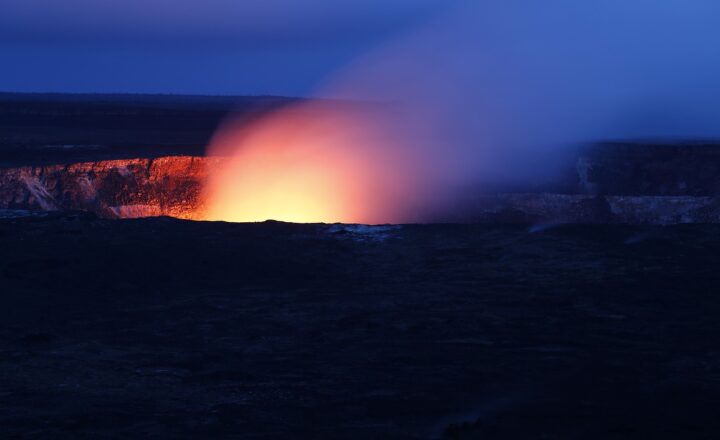The Mystery of the Philadelphia Experiment: Time Travel, Invisibility, or Hoax?
November 15, 2024

The Philadelphia Experiment is arguably one of the most intriguing and controversial legends within American maritime lore. This story, which claims that the U.S. Navy conducted a secret experiment on a naval destroyer escort, the USS Eldridge, in 1943, supposedly achieved tremendous breakthroughs in invisibility and time travel. While many see the experiment as a fascinating tale of science gone awry, skeptics argue that it is nothing more than a hoax. In this article, we will explore the origins of the Philadelphia Experiment, the various accounts and theories surrounding it, and breakdown the evidence to help you determine whether there’s any truth to this enigmatic tale.
1. The History of the Philadelphia Experiment
The roots of the Philadelphia Experiment trace back to World War II, during a time when both the United States and Germany were exploring advanced technologies for warfare. Reports emerged in the late 1950s and early 1960s, fueled by the writings of a man named Carlos Allende, who claimed to have witnessed the experiment while serving on a nearby ship.
Allende wrote letters to various researchers, including the famous author and paranormal researcher, Morris K. Jessup. In these letters, he detailed how the USS Eldridge was rendered invisible to radar and physically disappeared from the Philadelphia naval dock, only to reappear mysteriously later in Norfolk, Virginia.
This marked the beginning of a legend that would evolve over the decades, capturing the imagination of conspiracy theorists and science enthusiasts alike.
2. The Alleged Experiment Details
According to the lore, the Philadelphia Experiment was undertaken to develop a cloaking technology that would make naval vessels invisible to enemy radar detection. The Navy allegedly utilized electromagnetic technology in an attempt to create a force field around the ship.
Eyewitness accounts provided eerie descriptions of the event. Some mentioned bright flashes of light, while others claim the ship vanished completely, causing panic among the crew members. Notably, accounts describe the horrifying aftermath: some crew members suffered from severe mental and physical complications, including disorientation and insanity, after witnessing the experiment. Allegedly, many sailors were later discovered embedded in the ship’s metal structure or even solidified into the bulkheads.
The story hints at a bizarre combination of UFOs, teleportation, and military secrecy that continues to captivate the imagination.
3. Government Denials and Investigations
Despite decades of speculations and sensational accounts, official investigations into the Philadelphia Experiment have yielded a different picture.
The U.S. Navy firmly denies that such an experiment ever occurred. In 1955, the Navy published a detailed report discrediting the claims and even suggested that the tales might be an elaborate hoax. The legend gained traction in part due to the sensationalist embellishments by media and writers who tagged onto the story, creating more fiction than fact.
Investigative journalist and author, Richard J. Beal, devoted much time to debunking the allegations surrounding the Philadelphia Experiment. He argued that the accounts were likely fabricated or exaggerated memories shrouded in military secrecy and urban legend.
Nevertheless, the deep secrecy surrounding military operations during World War II left the door open for speculation and rumors to flourish.
4. Connection to Other Theories
The Philadelphia Experiment has become intertwined with various theories about time travel, alternate dimensions, and even paranormal phenomena. A particularly prominent connection lies in the writings of Nikola Tesla and his experiments with electromagnetic fields.
Some speculate that the rumored invisibility technology developed in the Philadelphia Experiment closely parallels Tesla’s work on electromagnetic propulsion. Others posit a relationship to the Montauk Project, a conspiracy theory alleging secret government efforts to manipulate time and space using advanced technology that evolved from the alleged exploits of the Philadelphia Experiment.
Such connections give proponents of the Philadelphia Experiment theory a wealth of material to draw from as they argue in favor of its authenticity, creating an interwoven tapestry of speculative science fiction.
5. The Continued Fascination and Cultural Impact
The Philadelphia Experiment remains a powerful cultural phenomenon. It has inspired numerous books, movies, and documentaries exploring the narratives of time travel, invisibility, and government cover-ups.
Movies like “The Philadelphia Experiment” (1984) and various episodes of television shows such as “The X-Files” have depicted the lore, further embedding the story in popular culture.
Moreover, the tale raises timeless questions about the ethical implications of scientific exploration and the extent to which the government may go to protect its secrets. Do we have the right to know what our governments are developing in the name of national security? These reflections only heighten the sense of intrigue surrounding the Philadelphia Experiment, making it a subject of philosophical inquiry as much as a narrative of sensationalism.
Conclusion
The mystery of the Philadelphia Experiment continues to be a captivating topic, stirring debate among skeptics and believers alike. While the evidence fails to support the existence of such an experiment, the enduring saga points to deeper truths about humanity’s fascination with the unknown.
Whether seen as a legitimate military operation or a mere urban legend, the Philadelphia Experiment resonates with us as a symbol of the intersection between science, secrecy, and the imagination. As we delve into this story, we confront our own curiosities about the potential of technology and the limitations of our understanding of reality.
The Philadelphia Experiment may never be solved, but the conversation surrounding it will undoubtedly continue for generations to come.








